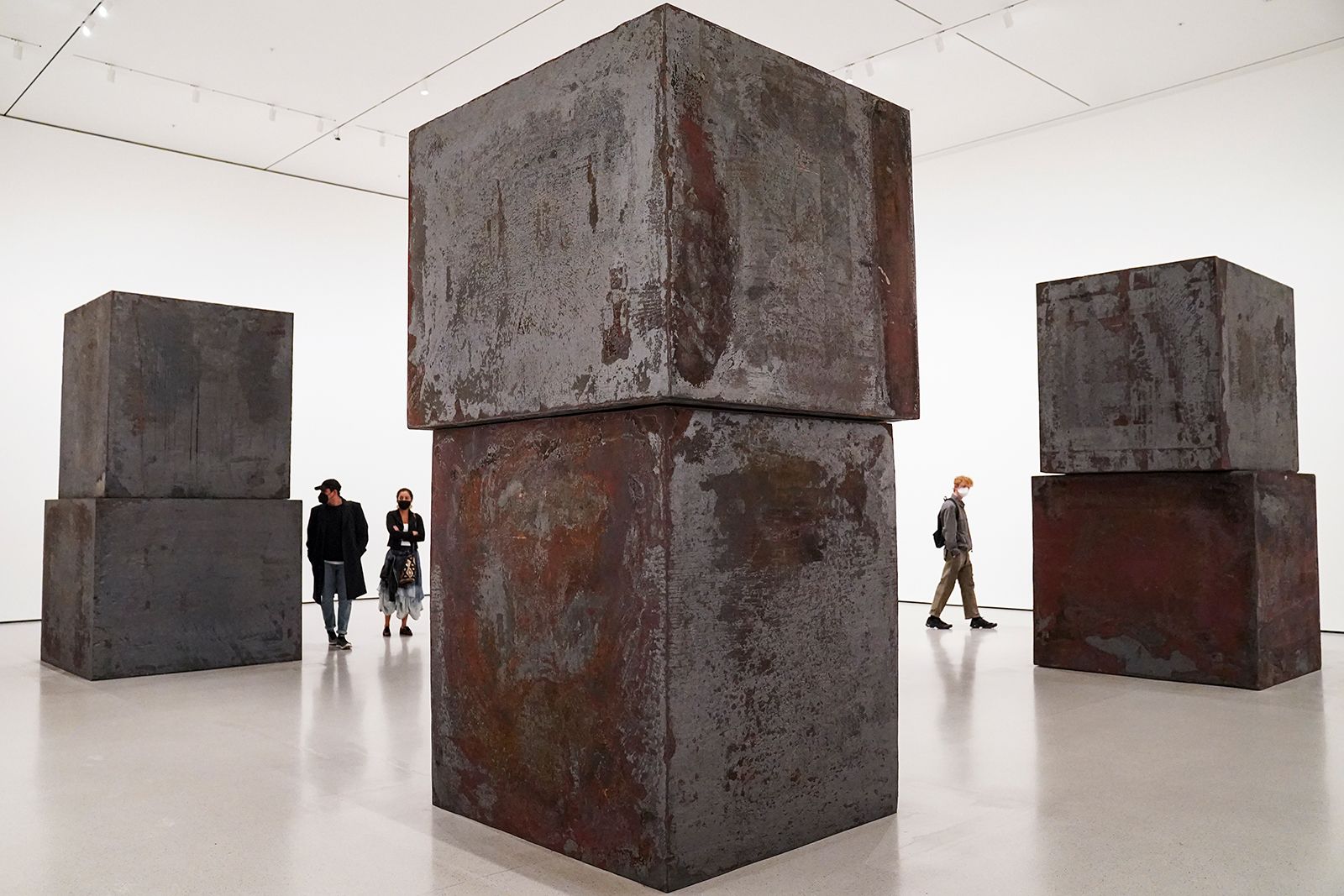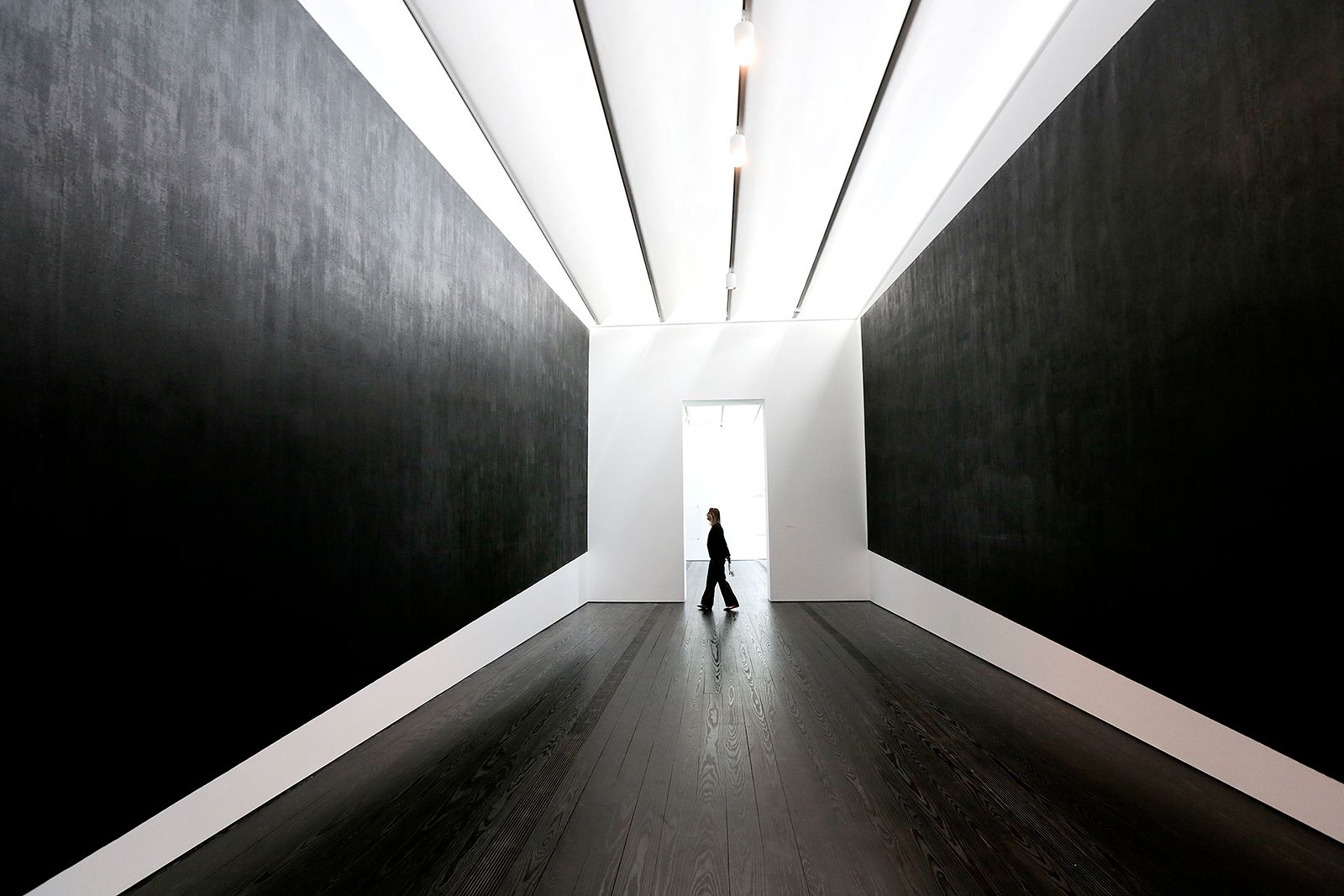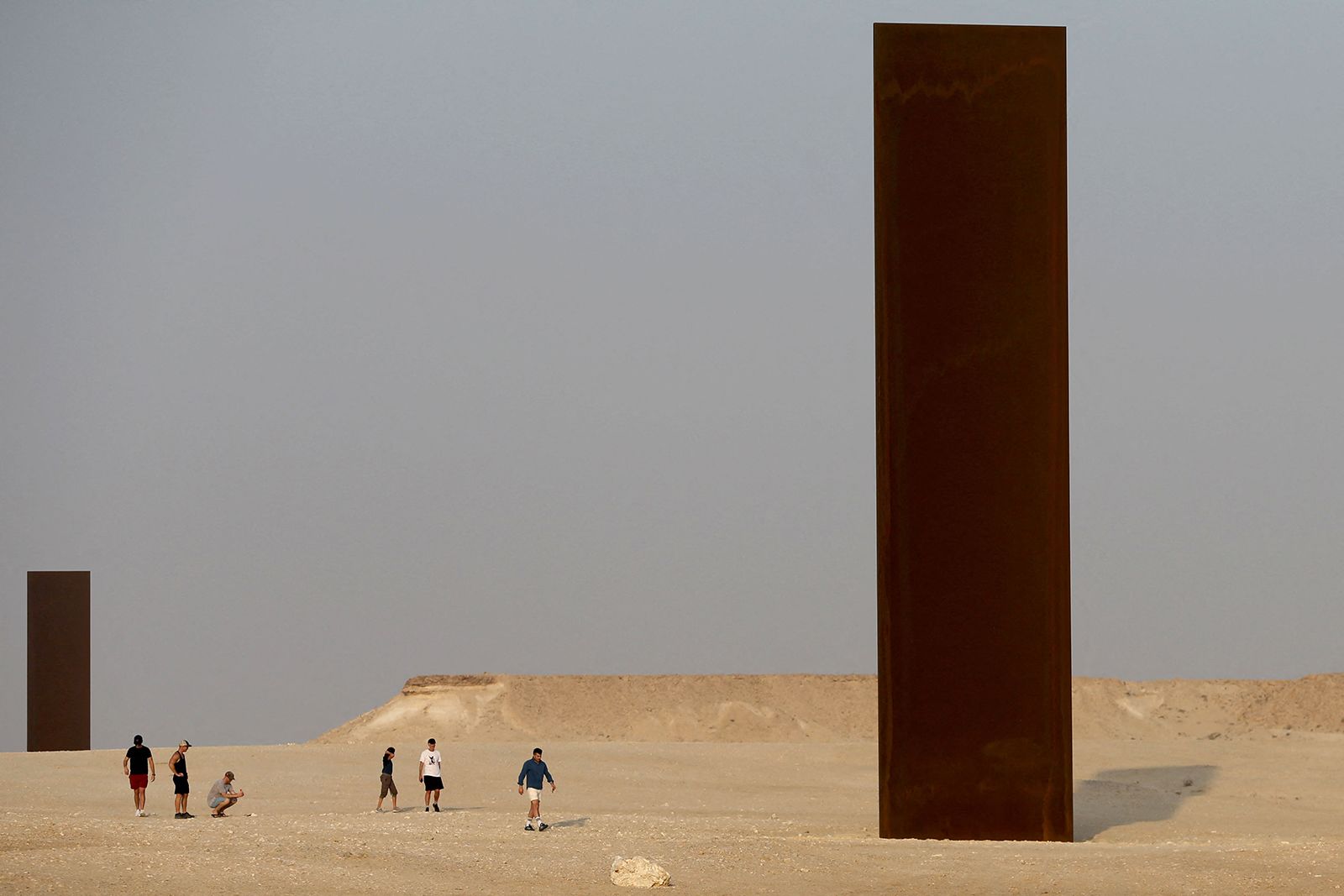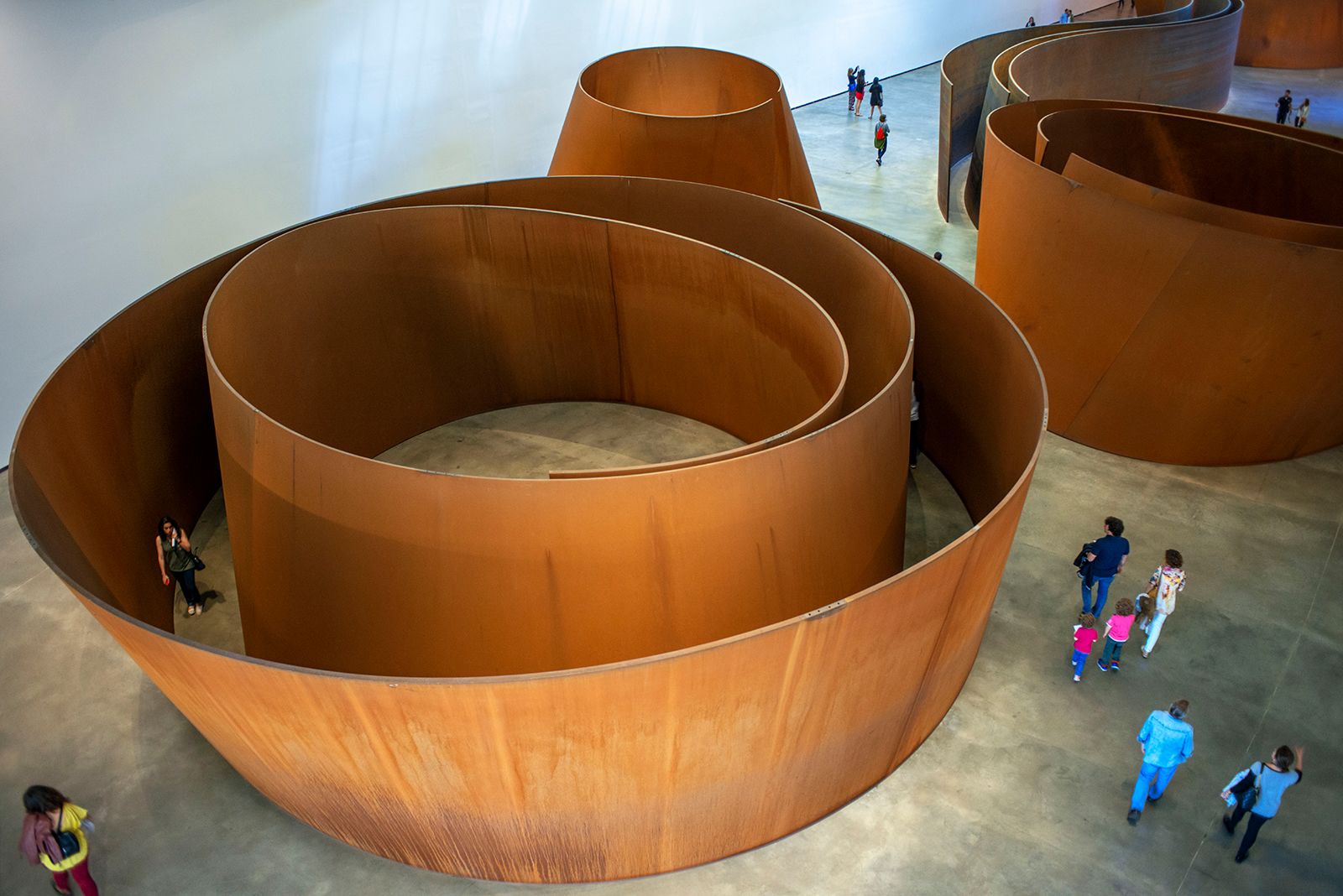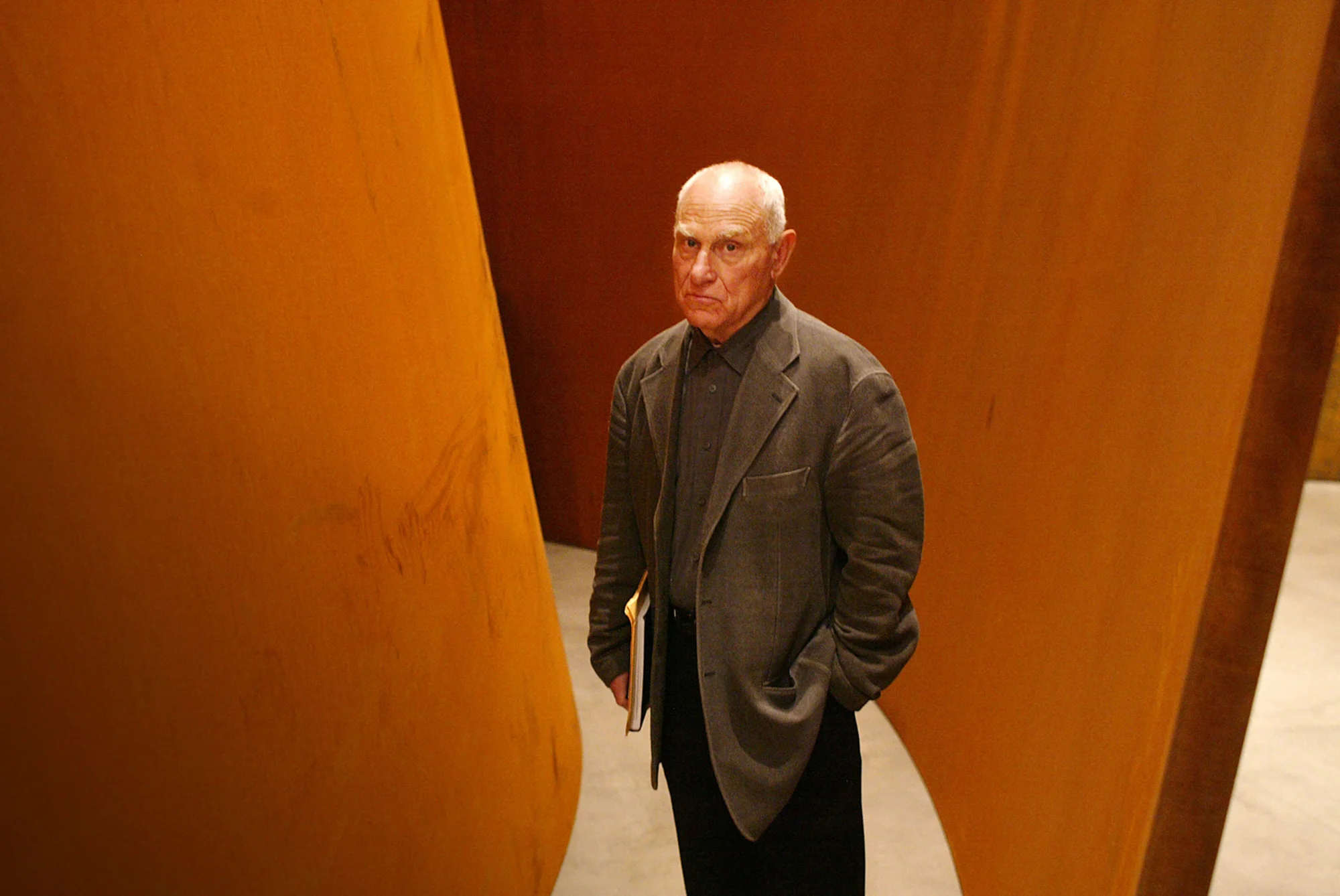Richard Serra, an artist, passed away at the age of 85. His massive abstract sculptures altered public areas, museums, and even entire landscapes.
According to the New York Times, the American sculptor passed away on Tuesday at home in New York from pneumonia, as confirmed by his attorney John Silberman.
Over the course of his six-decade career, Serra became one of postwar America’s most renowned artists.
Working mostly with steel, which is frequently twisted into striking forms and oxidised to produce a striking deep orange hue, Serra was well-known for his monumental sculptures that were meant to be felt, experienced, and explored in addition to being seen. Whether they were permanently erected at the Guggenheim Museum’s outpost in Bilbao or cut into a verdant field, his site-specific works encouraged spectators to interact with their environment in novel ways.
A tribute posted to the Guggenheim’s Instagram account on Tuesday said that Serra’s work “reshaped our perceptions of space and form and redefined the connection between viewer and artwork.” The statement added: “Beyond the sheer scale and grandeur of his creations, Serra’s artistic vision was rooted in a deep understanding of the relationship between art, architecture, and the environment.”
Brief Biography
Serra, who was born in 1938 in San Francisco, California, was exposed to his trademark material at a young age. His father was a pipe fitter at shipyards, and he worked in steel mills to pay for his education at the University of California, Berkeley, and Santa Barbara.
While studying painting at Yale in the early 1960s, Serra made the acquaintance of many of the greatest modern painters, such as Philip Guston and Robert Rauschenberg, even though he appeared to wish for materials other than paint or canvas and a third dimension.
After relocating to New York and studying and touring Europe, Serra started creating rubber and fibreglass sculptures. In his early, minimalist metal experiments, he would lean steel items precariously against one another and splash molten lead into room corners.
Serra felt equally comfortable in institutional and architectural settings. Similar to his outdoor pieces, he allowed visitors to stroll around and among his artworks with temporary exhibits at esteemed venues like the Tate Gallery in London and the Grand Palais in Paris. Materiality, texture, and the experience of the visitor seemed to take precedence over metaphor or allusion wherever his sculptures were erected.
Awards and Recognitions
Serra gained numerous significant honours during his lifetime, including a National Arts Award, and was the focus of a significant exhibition at the Museum of Modern Art in New York in 2007. Additionally, he was awarded honours abroad in Germany, Spain, Japan, and the French Legion of Honour (2015), and he was made a chevalier of that organisation.
Serra is survived by his wife, the art historian Clara Weyergraf.
Check out some of his work
